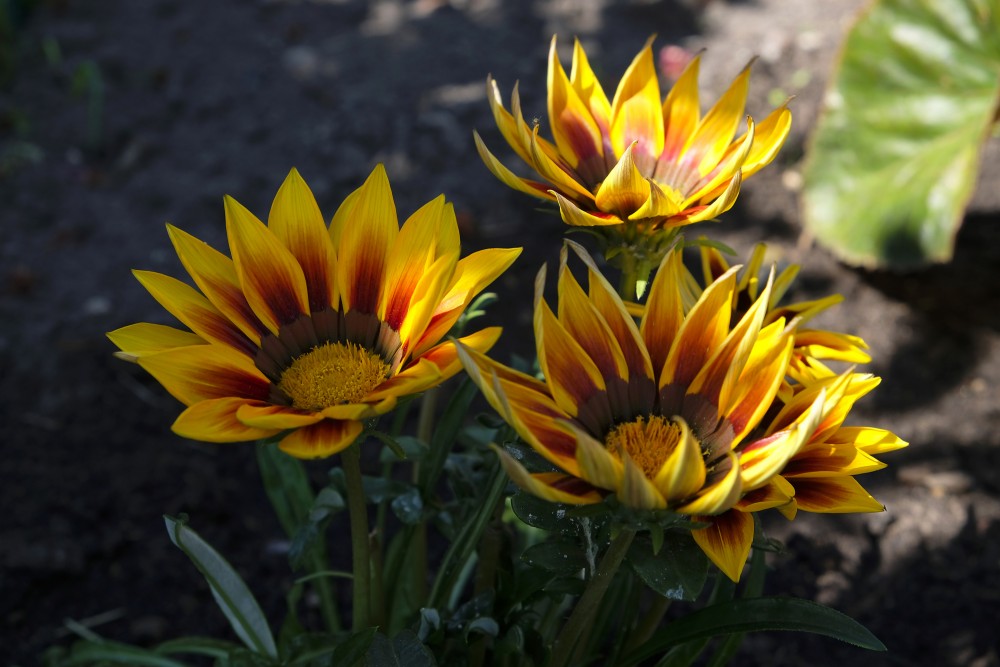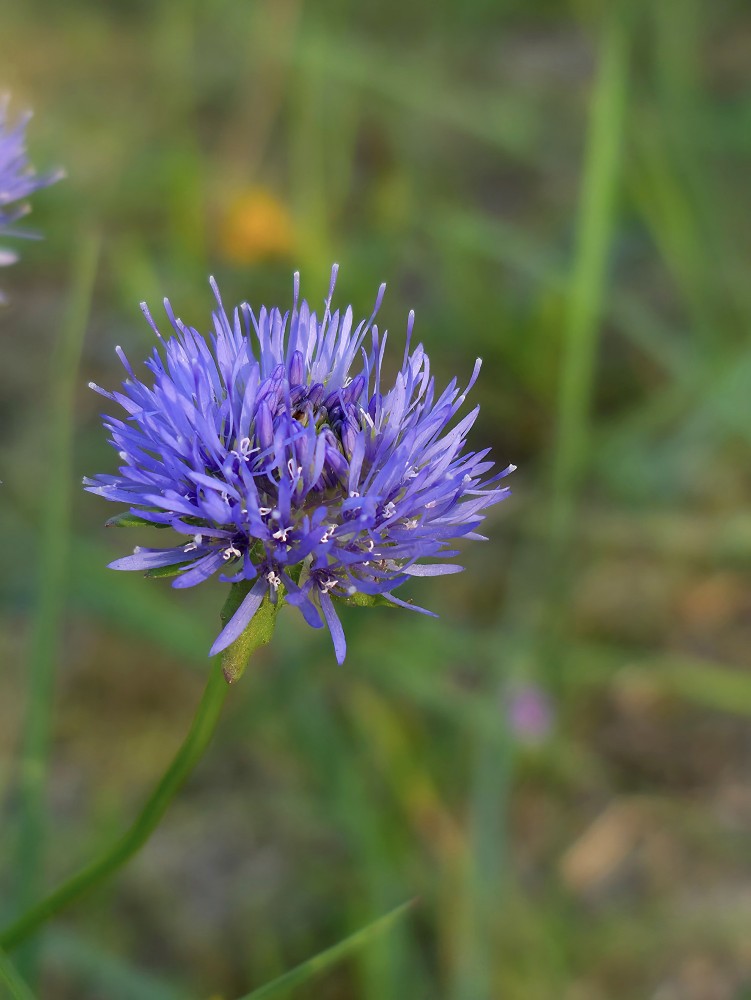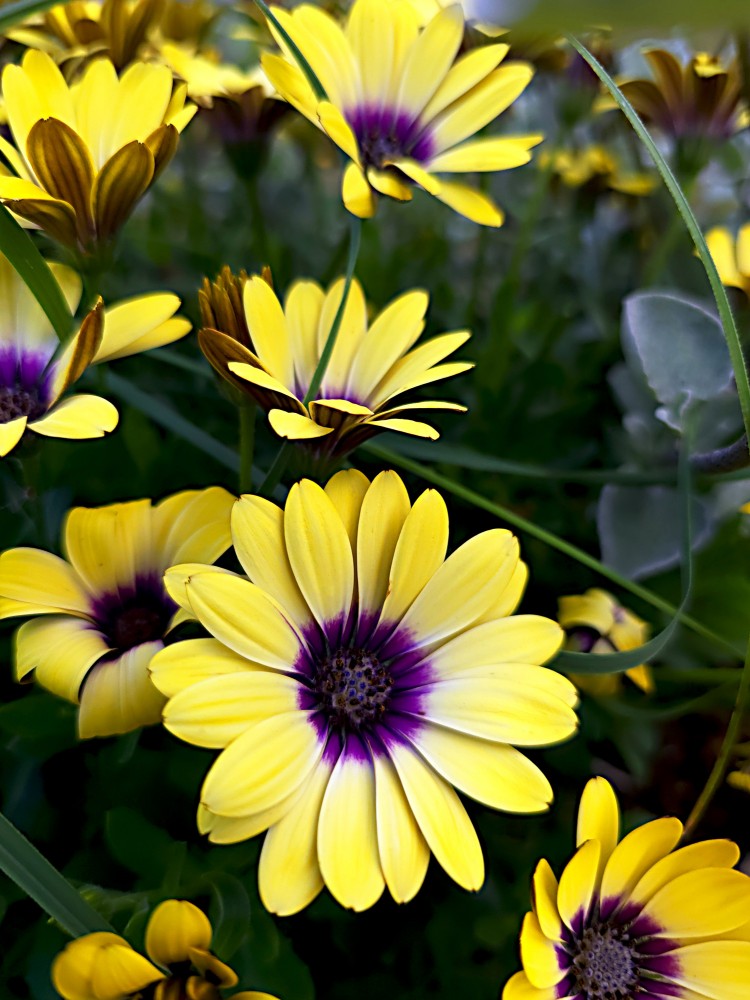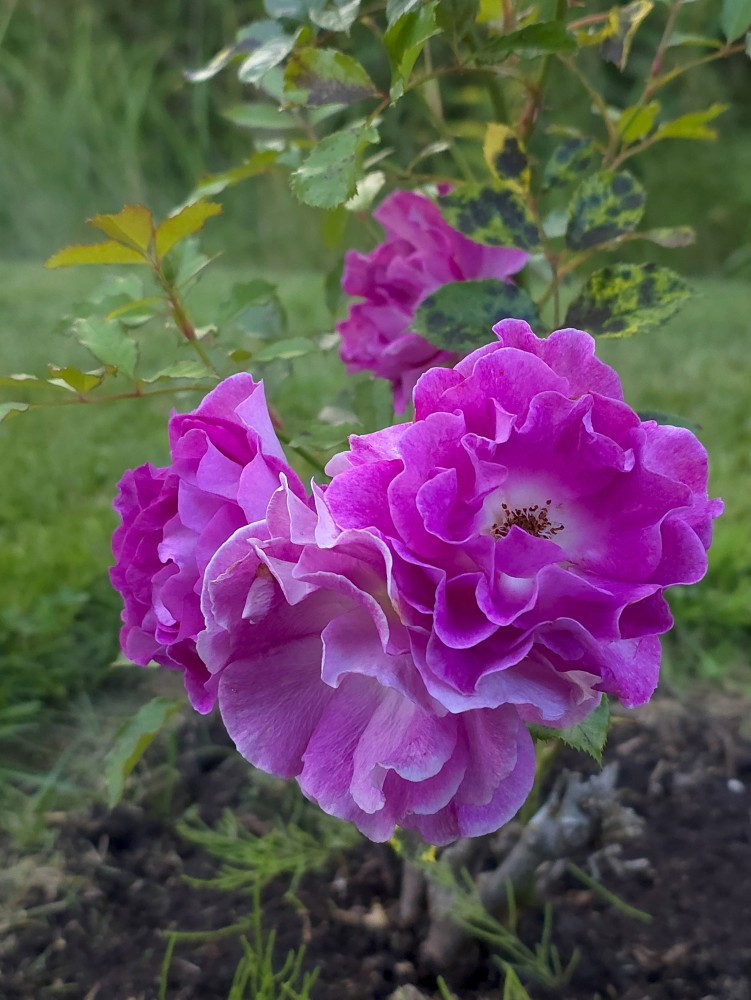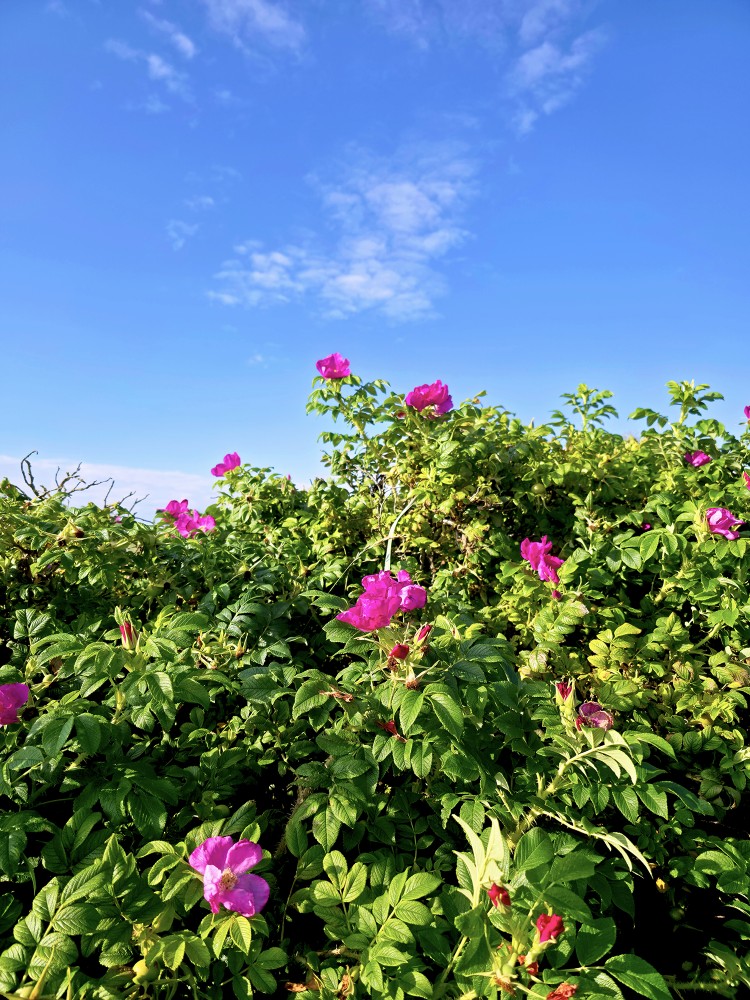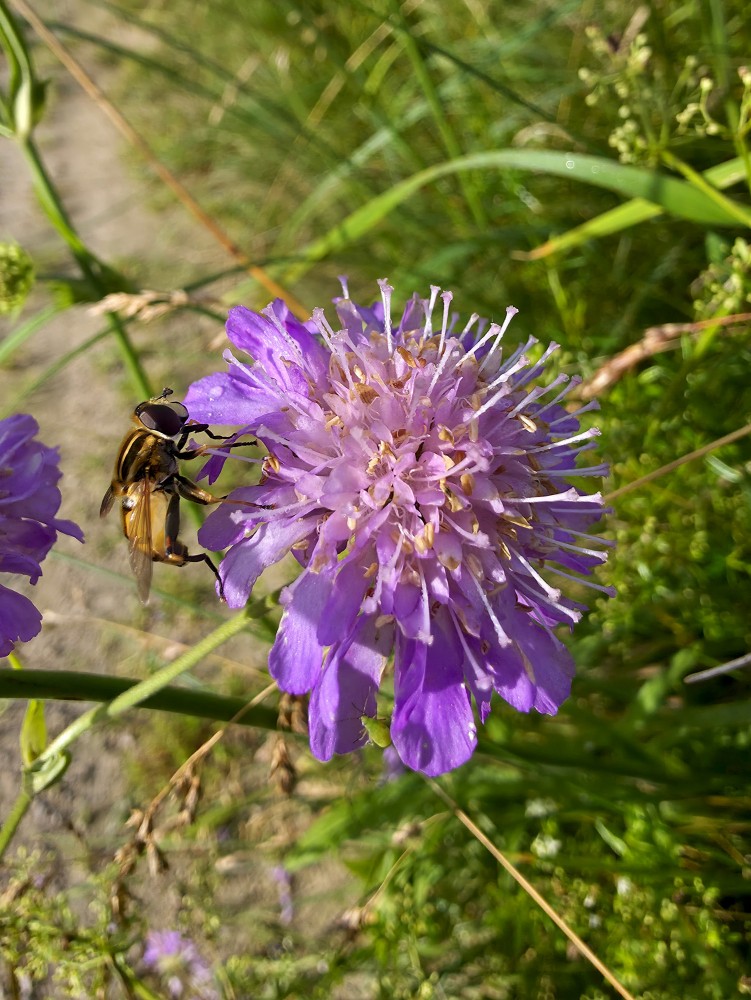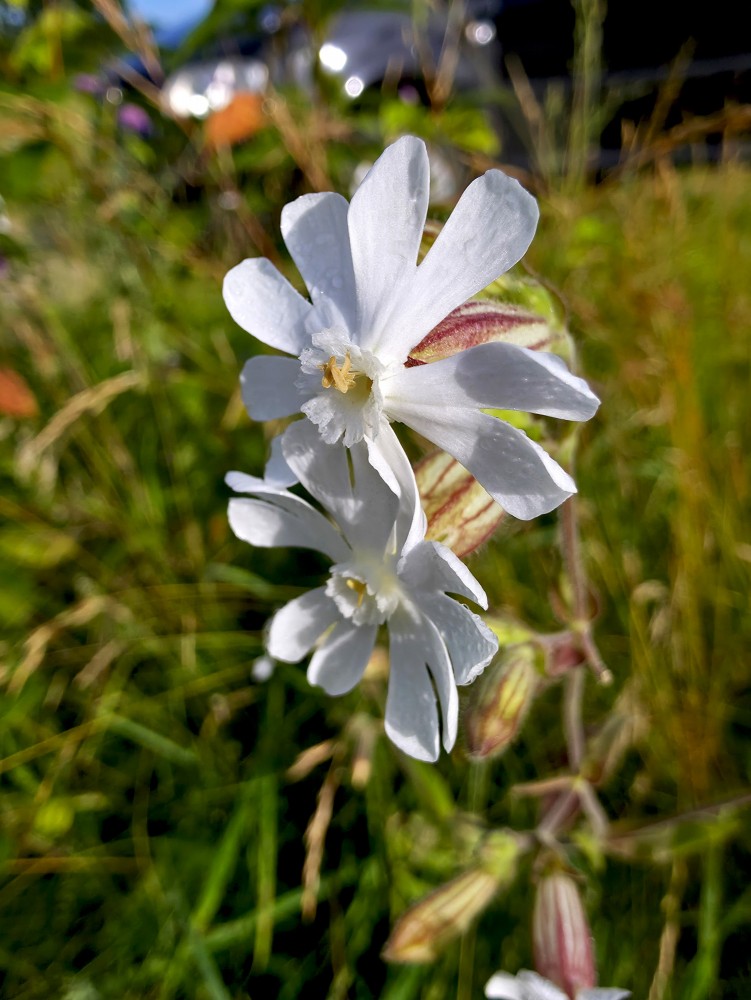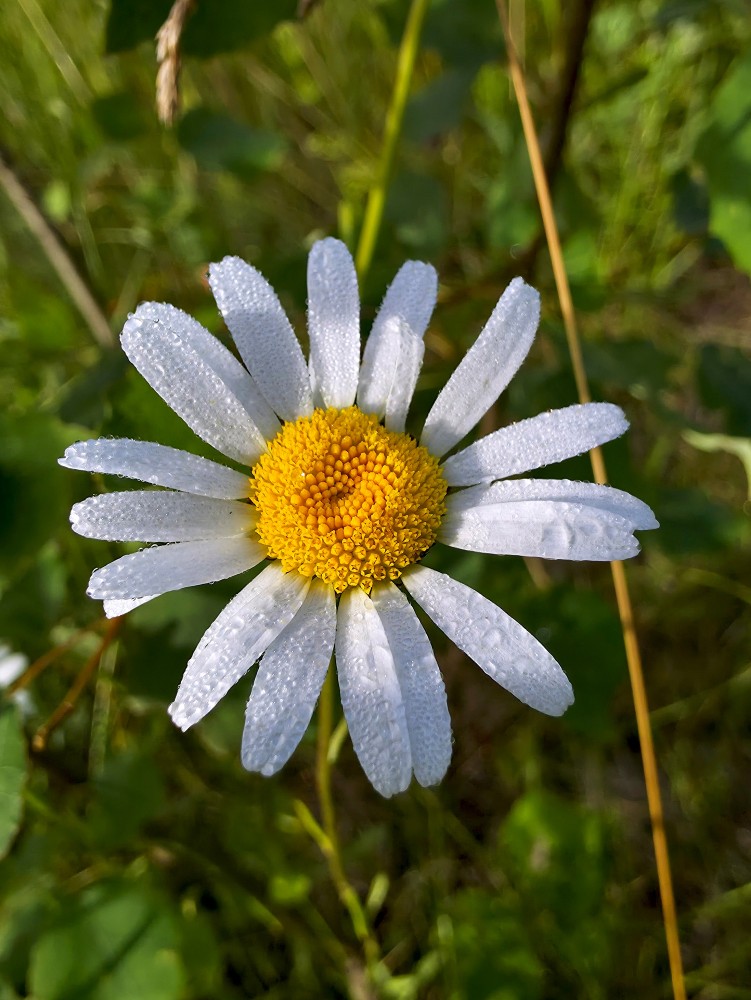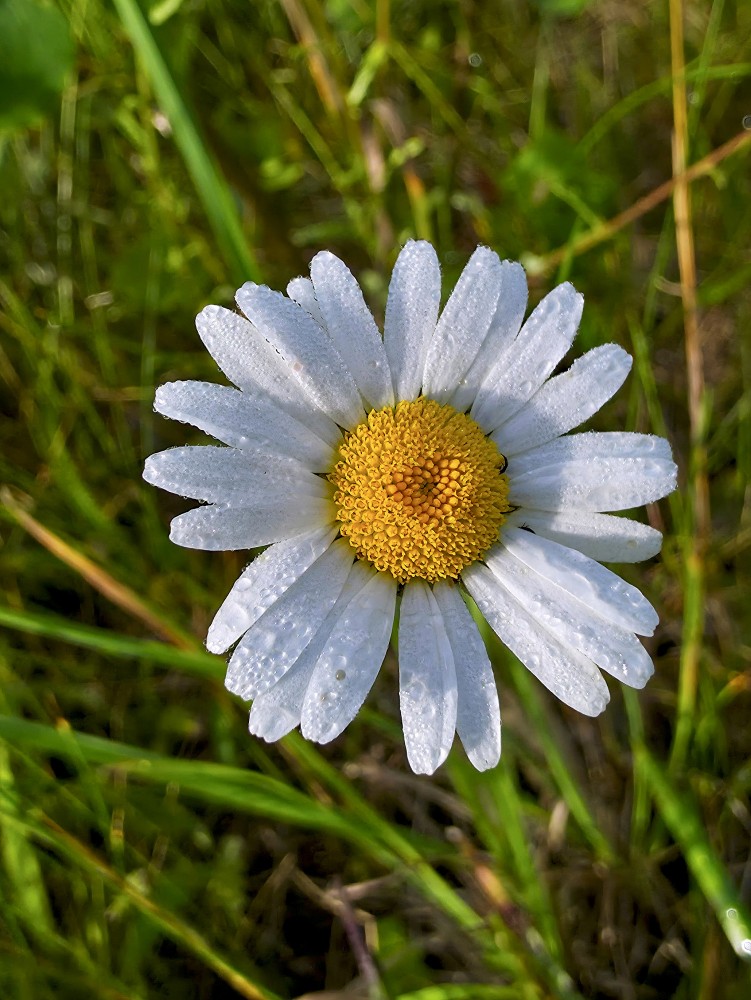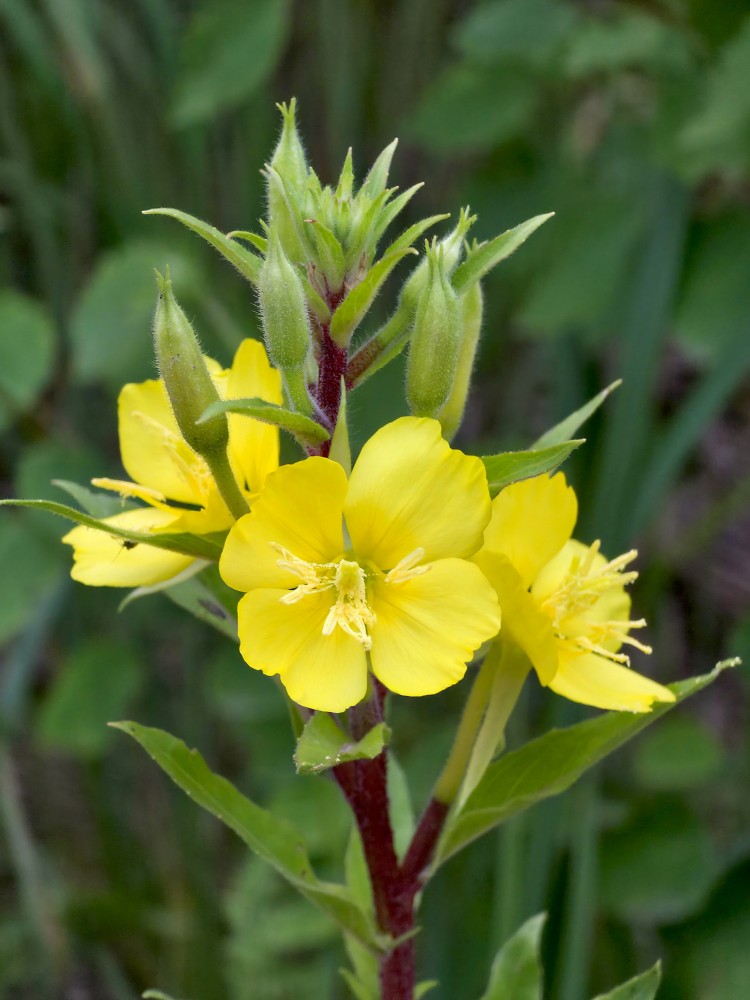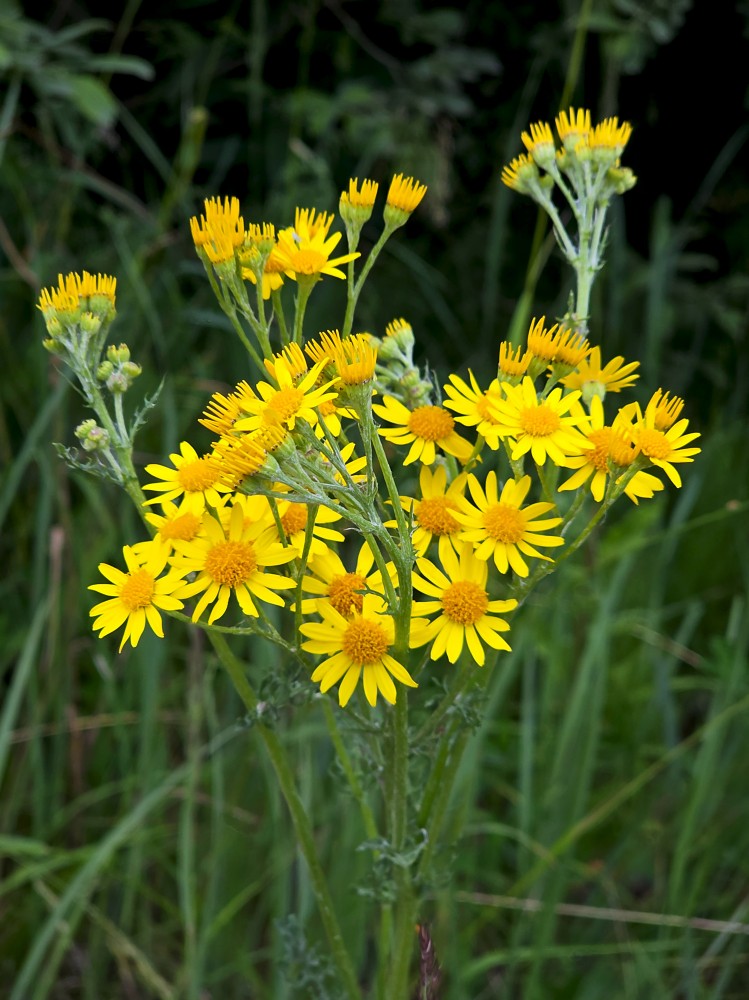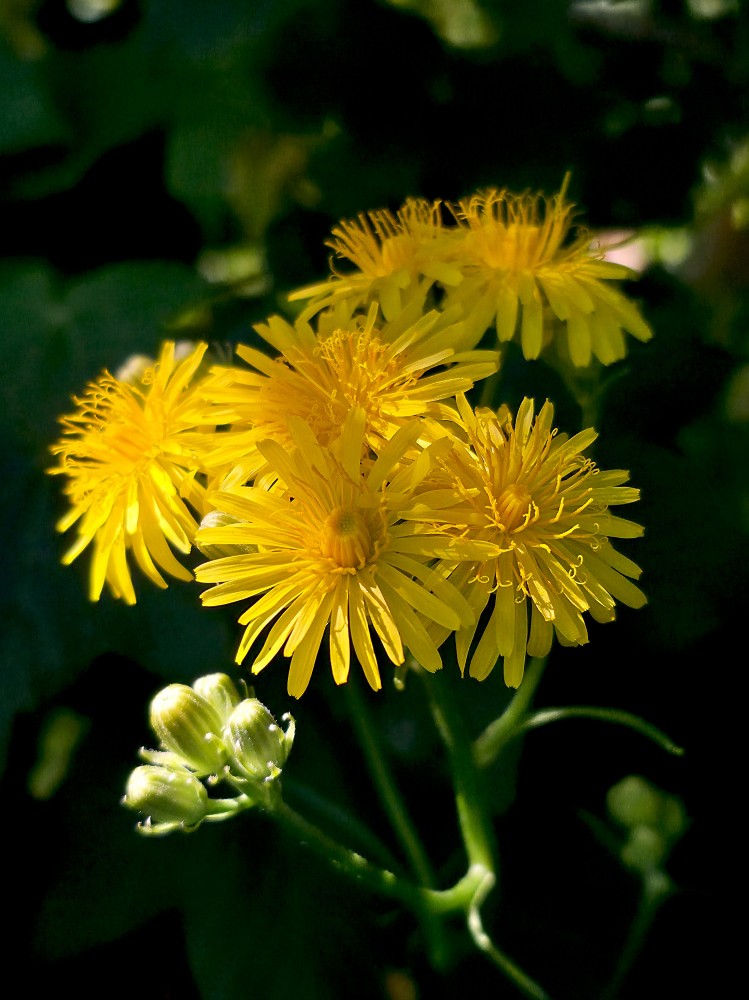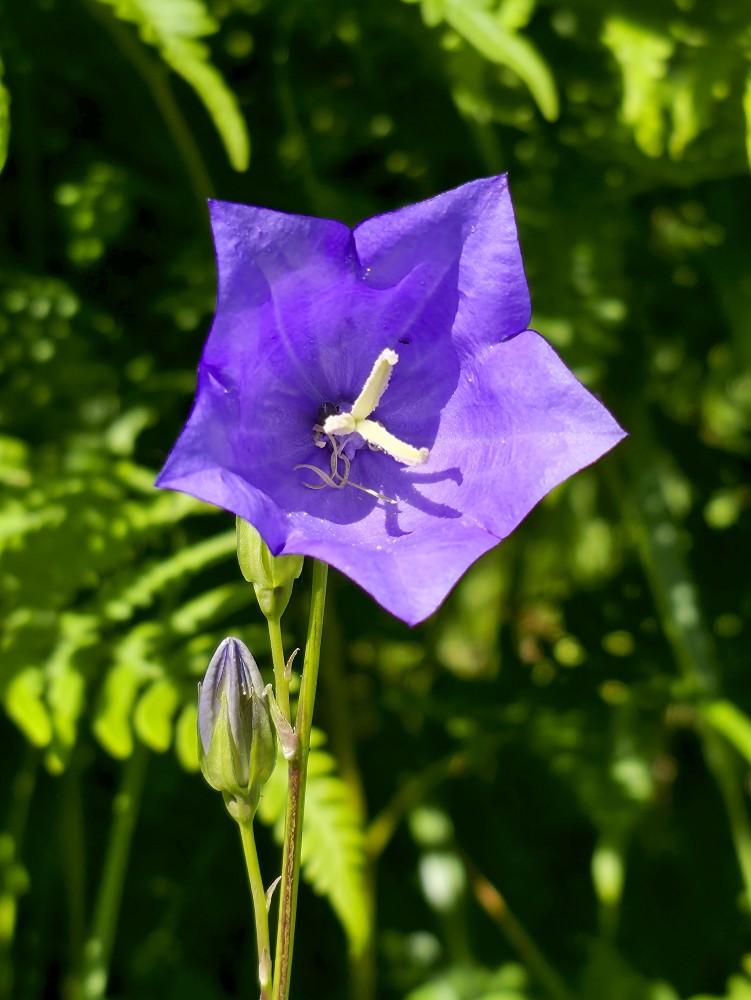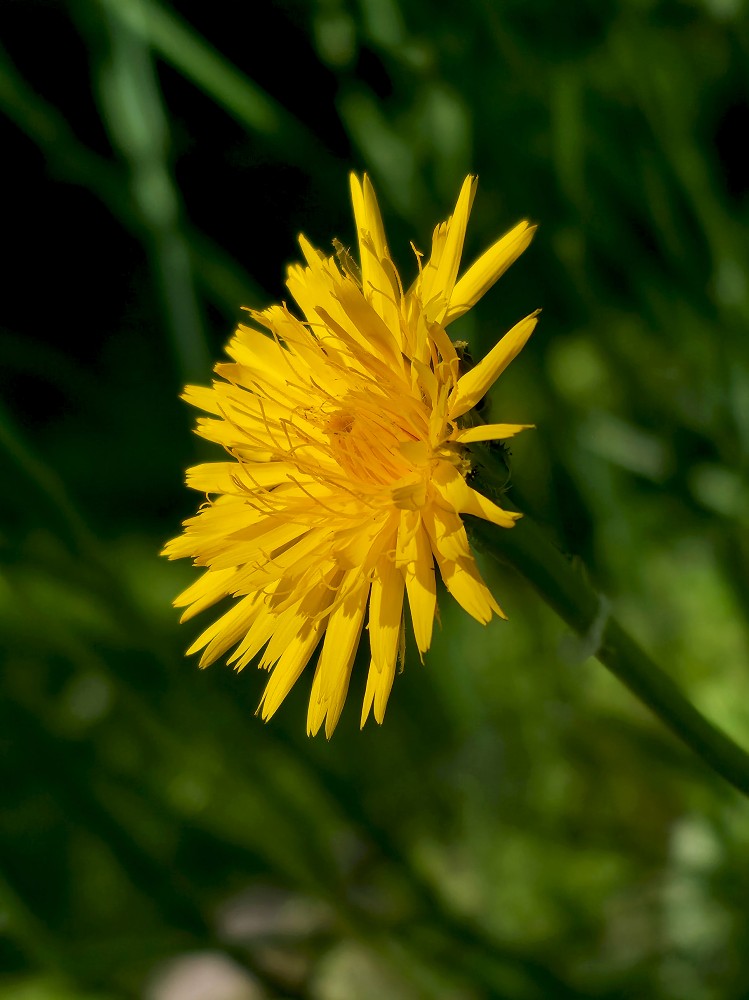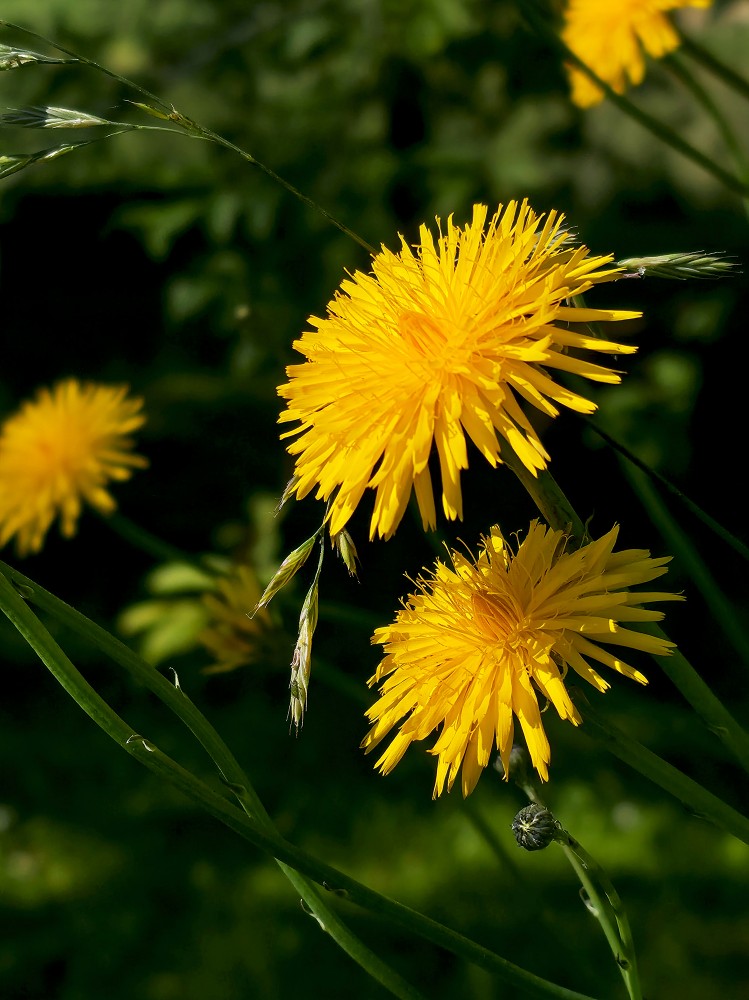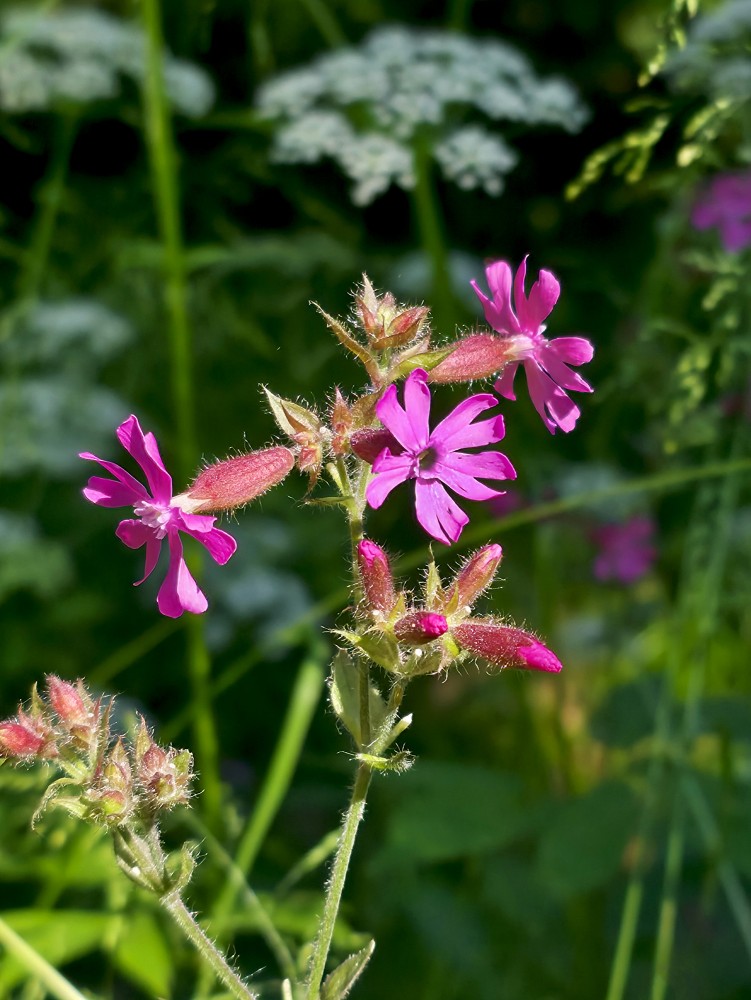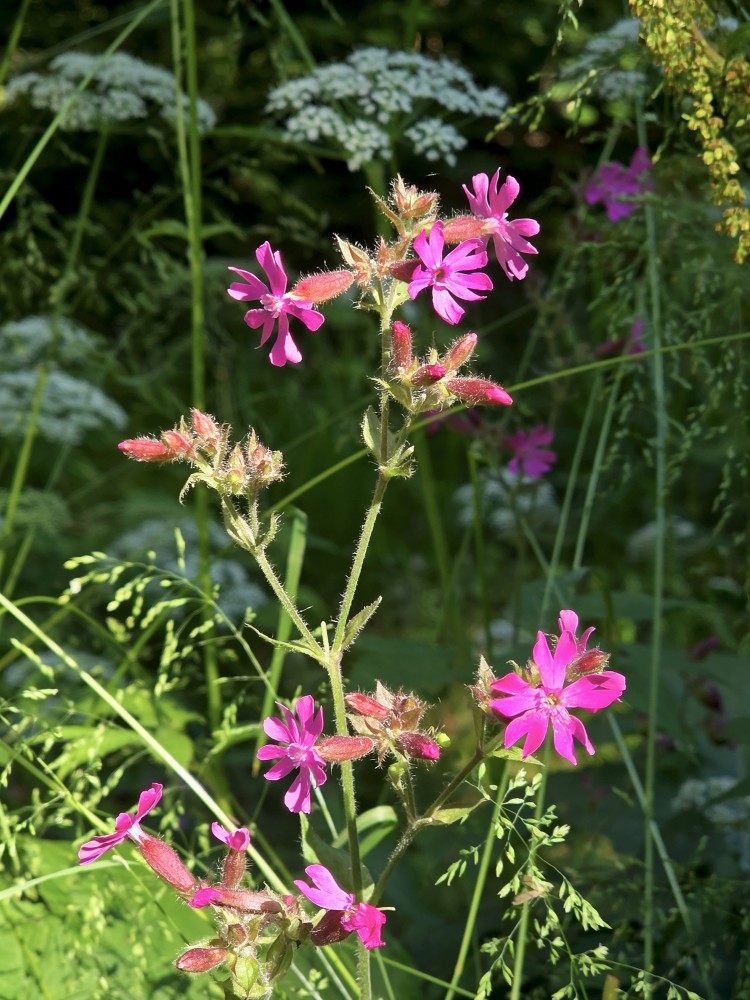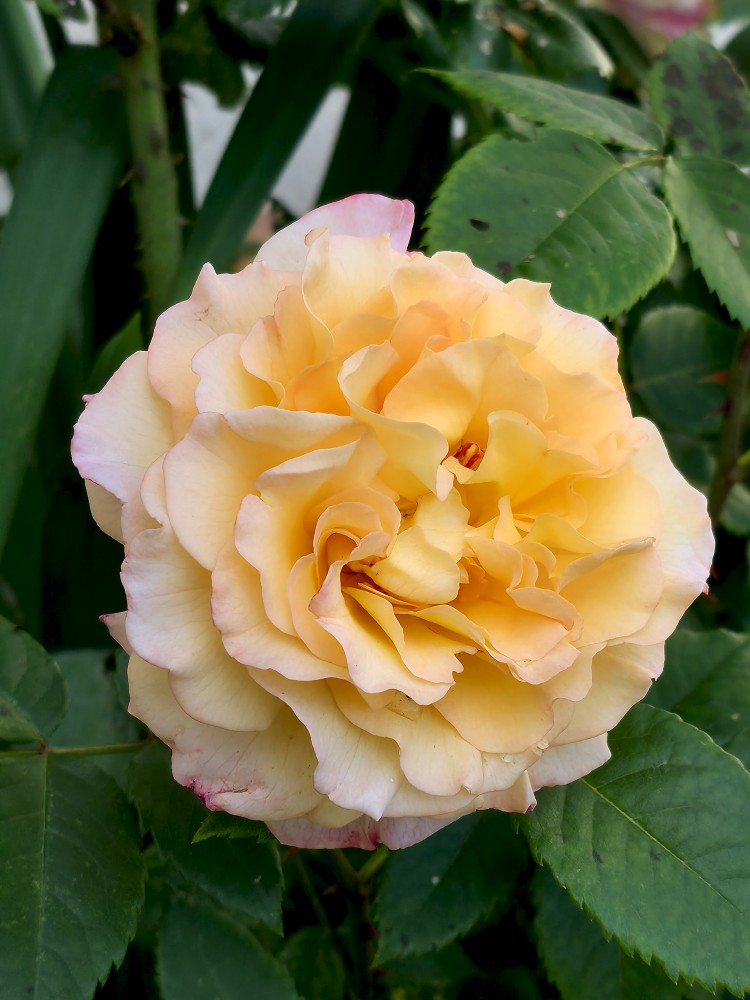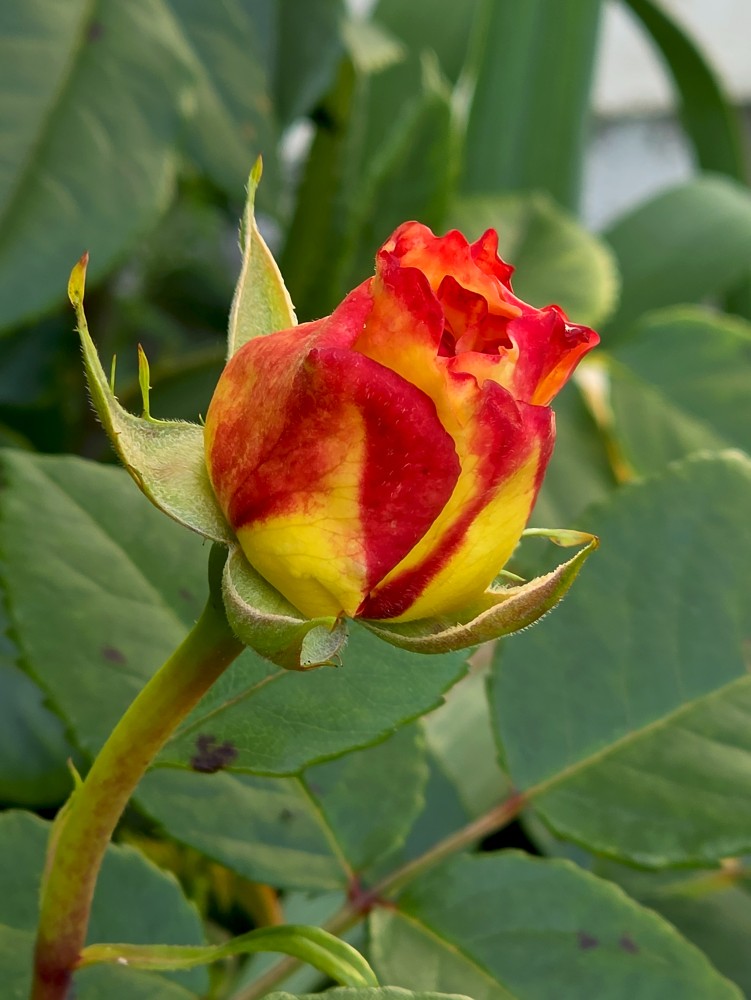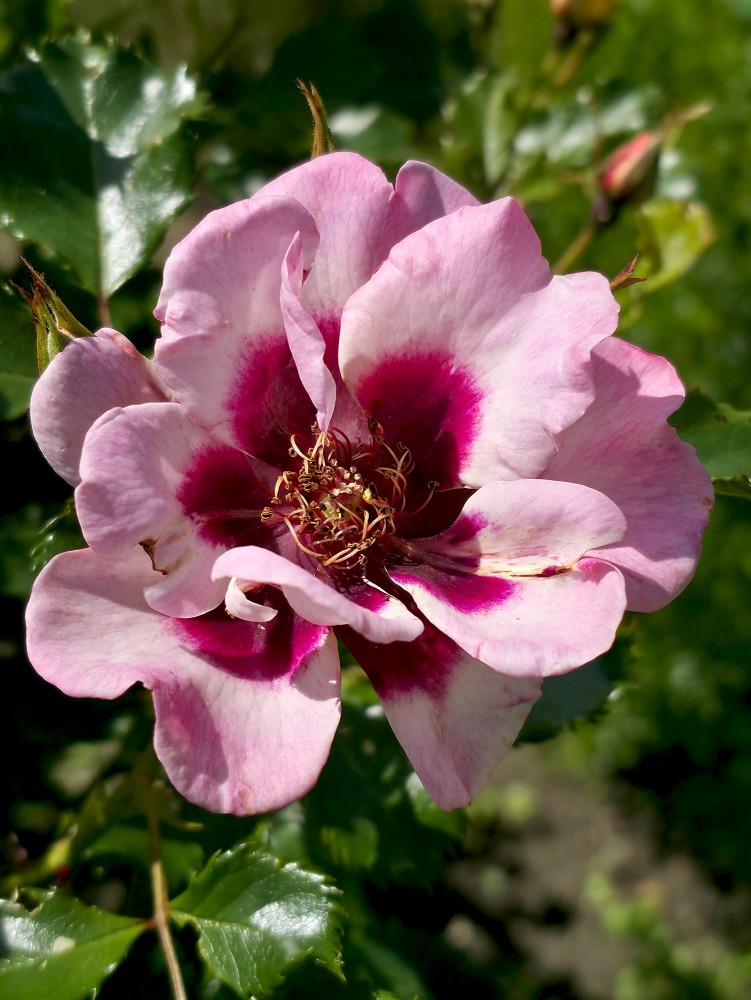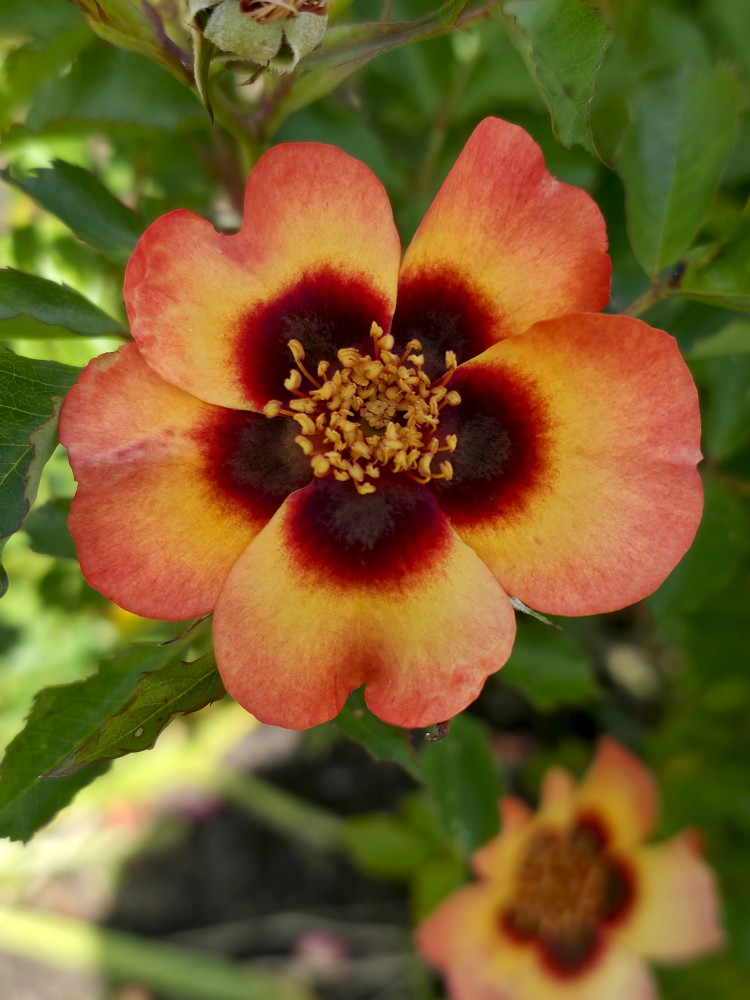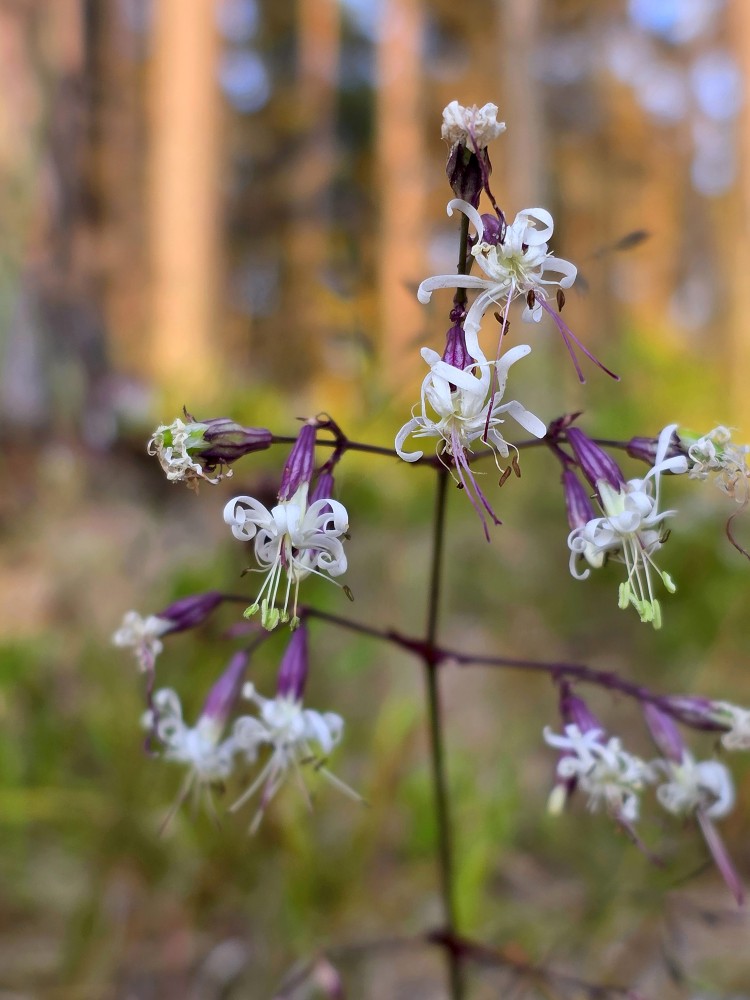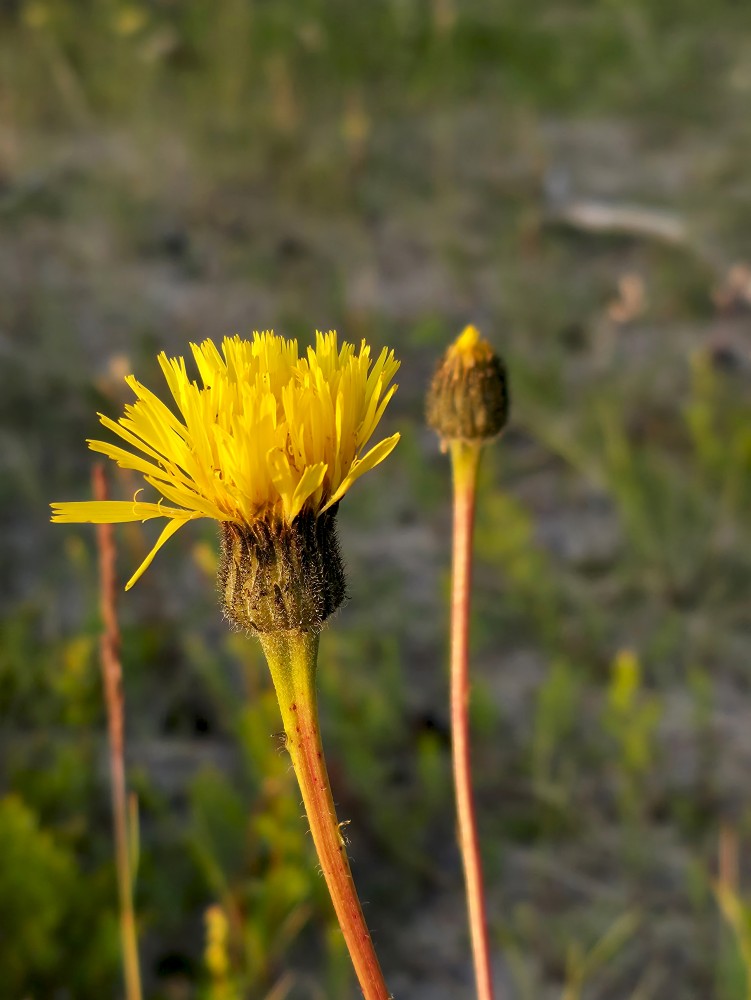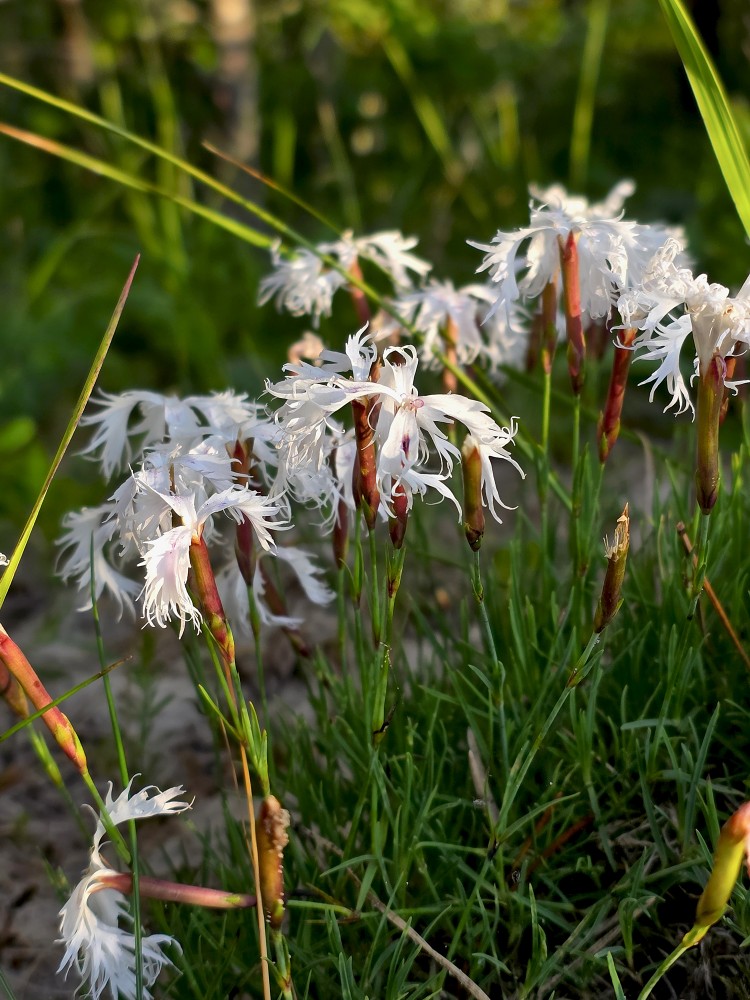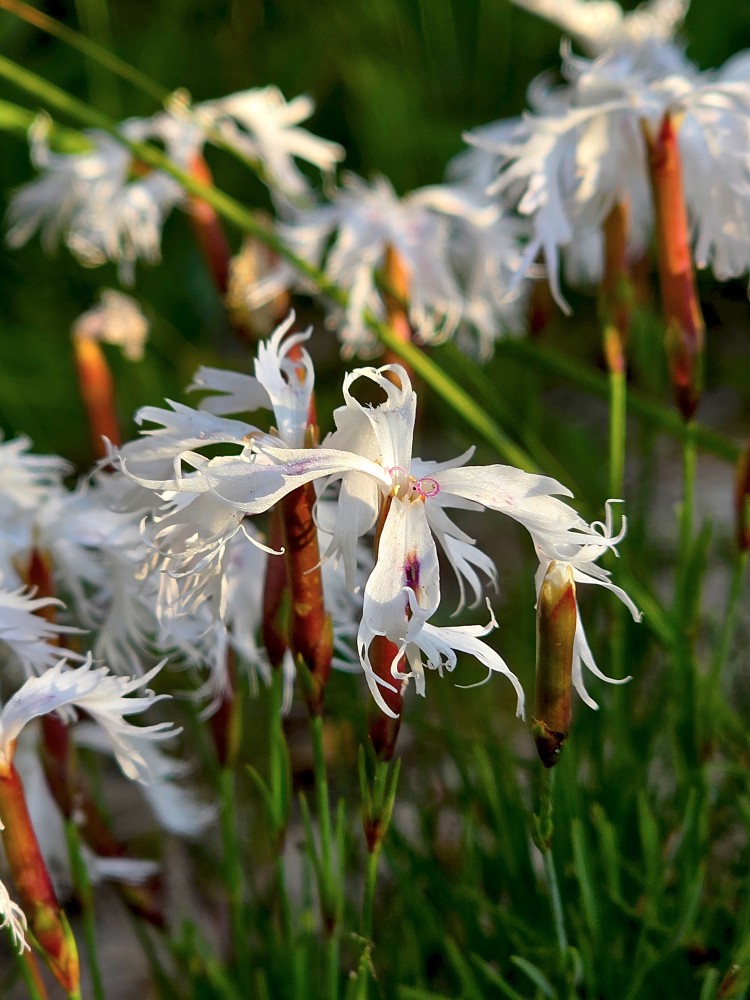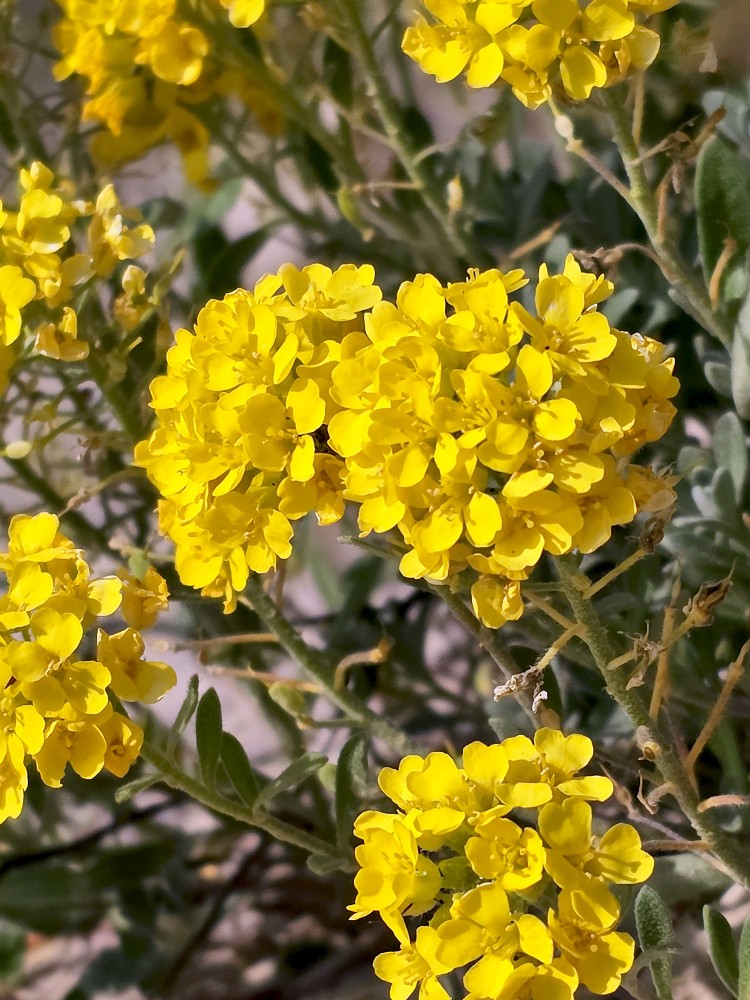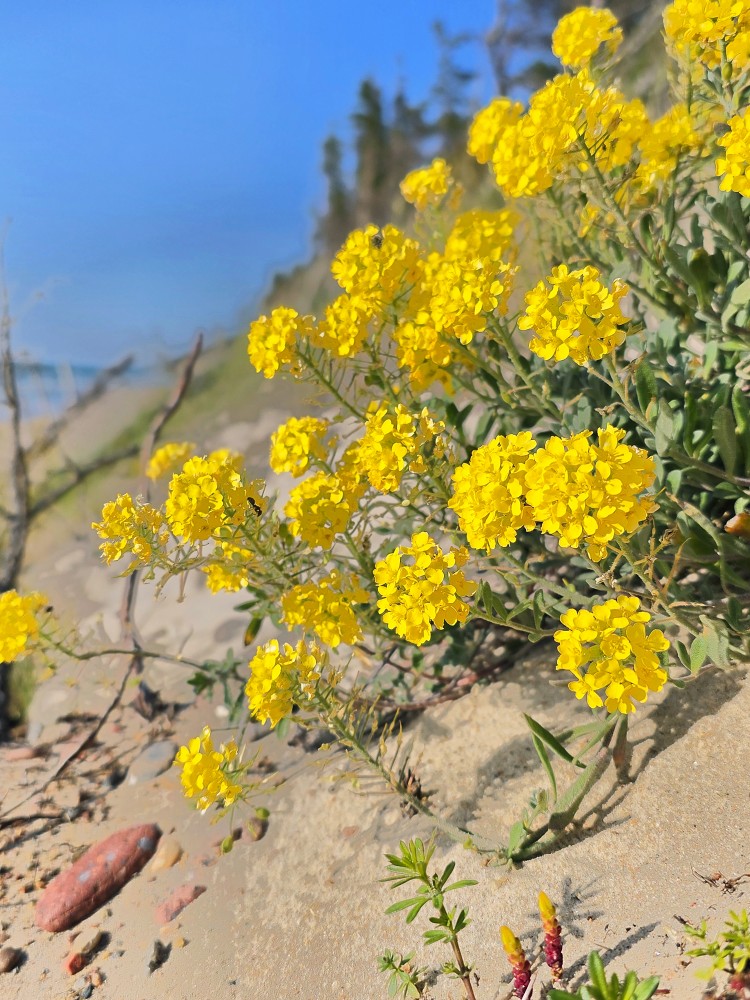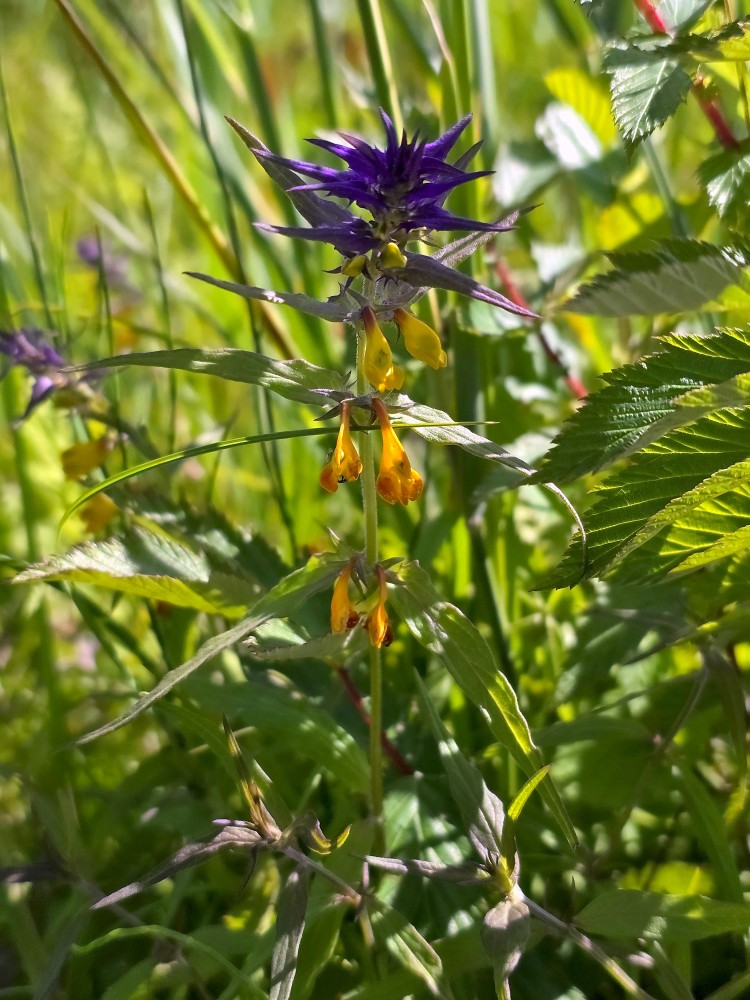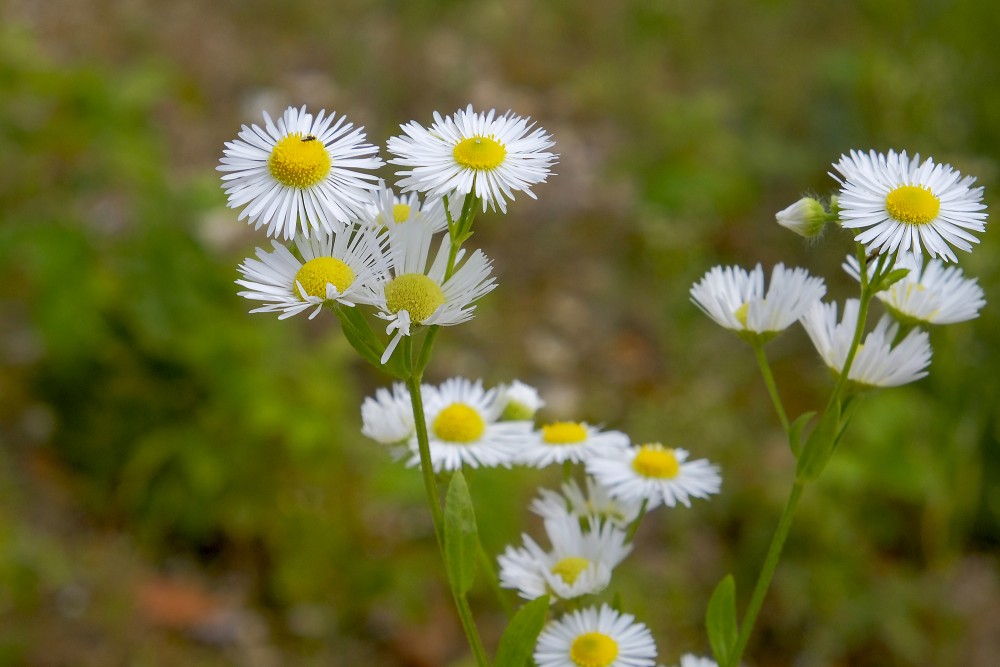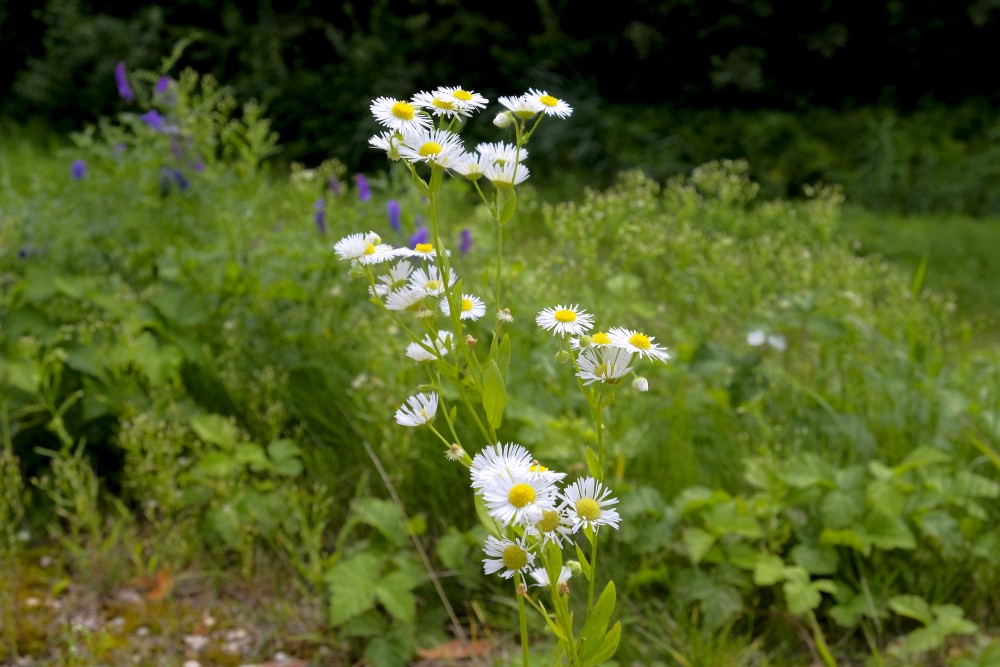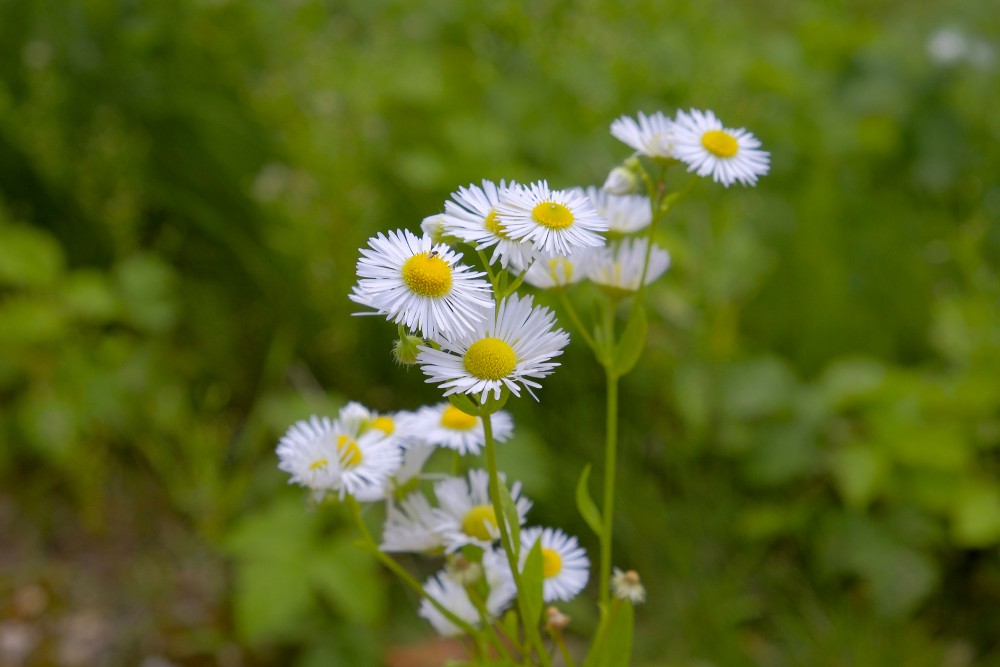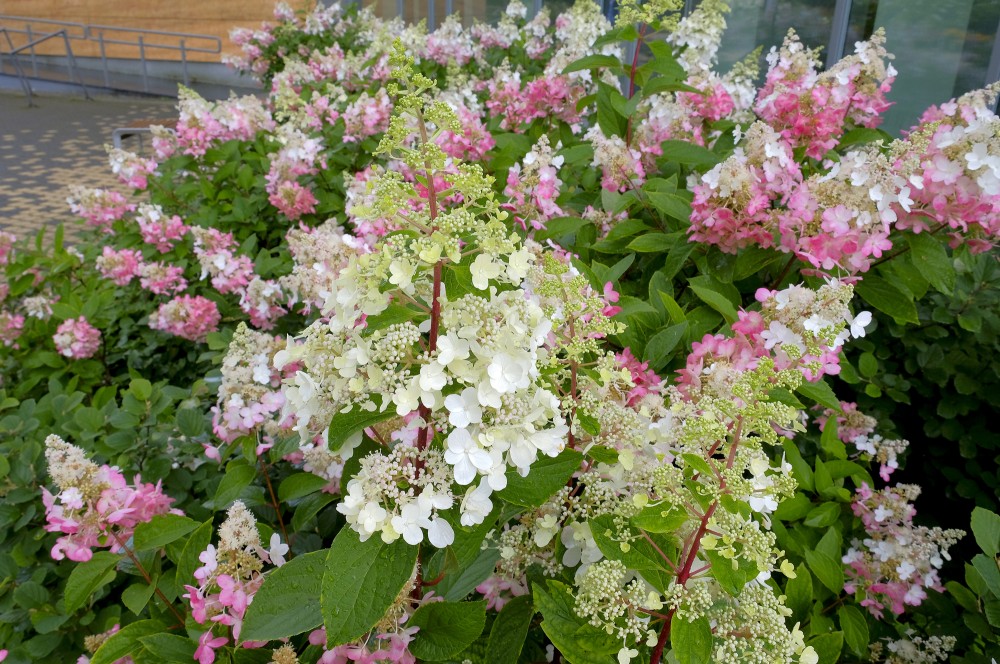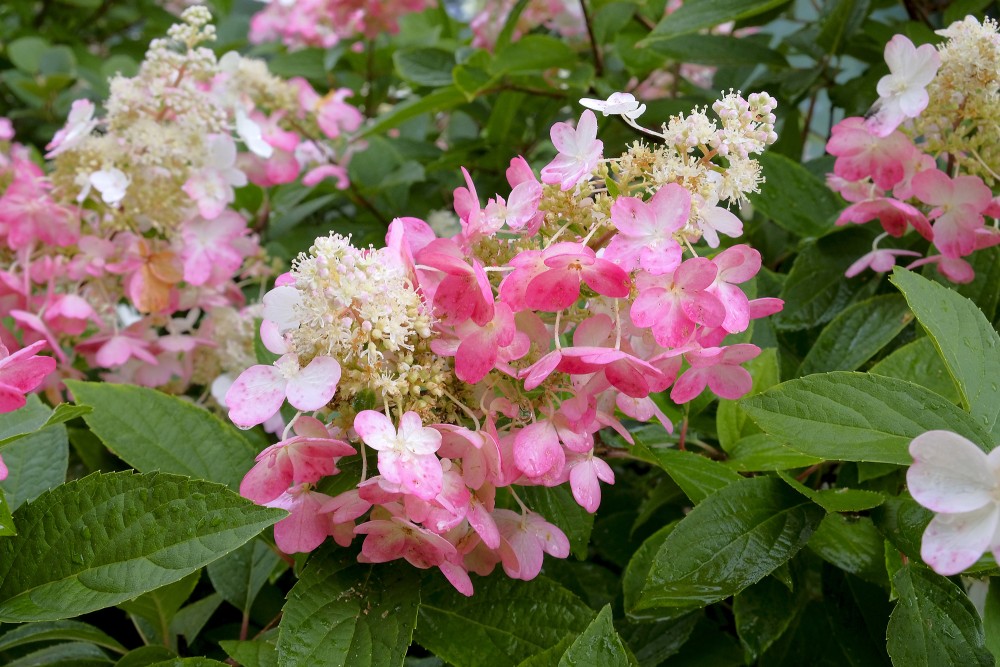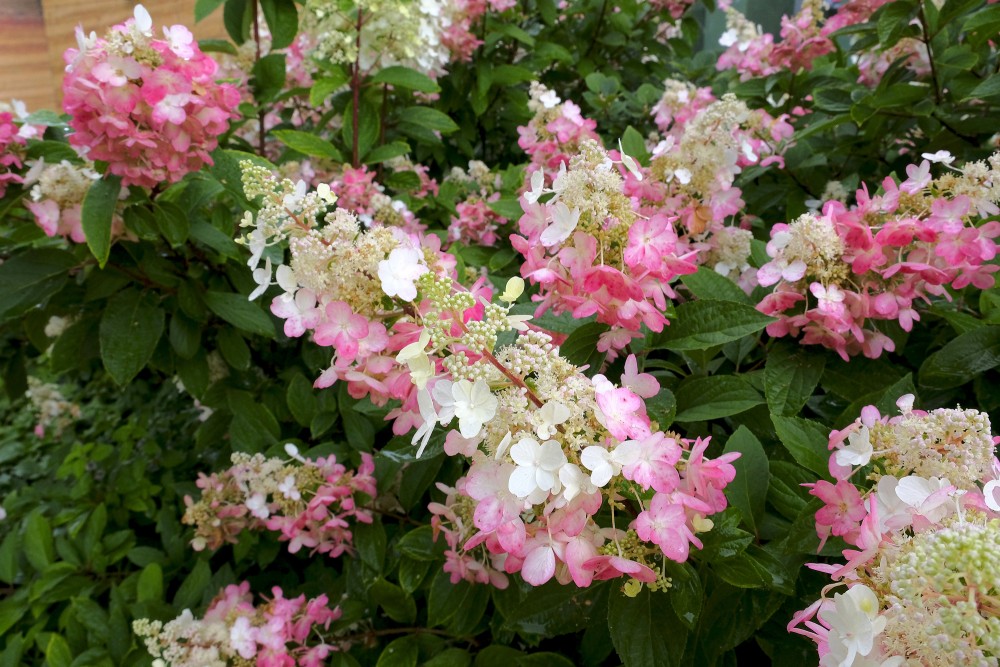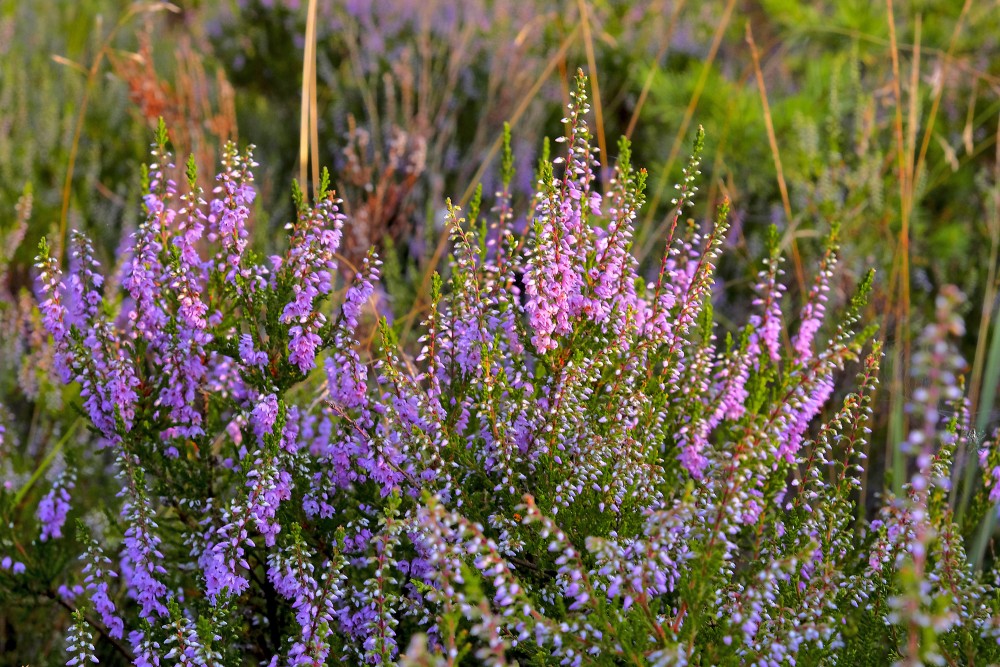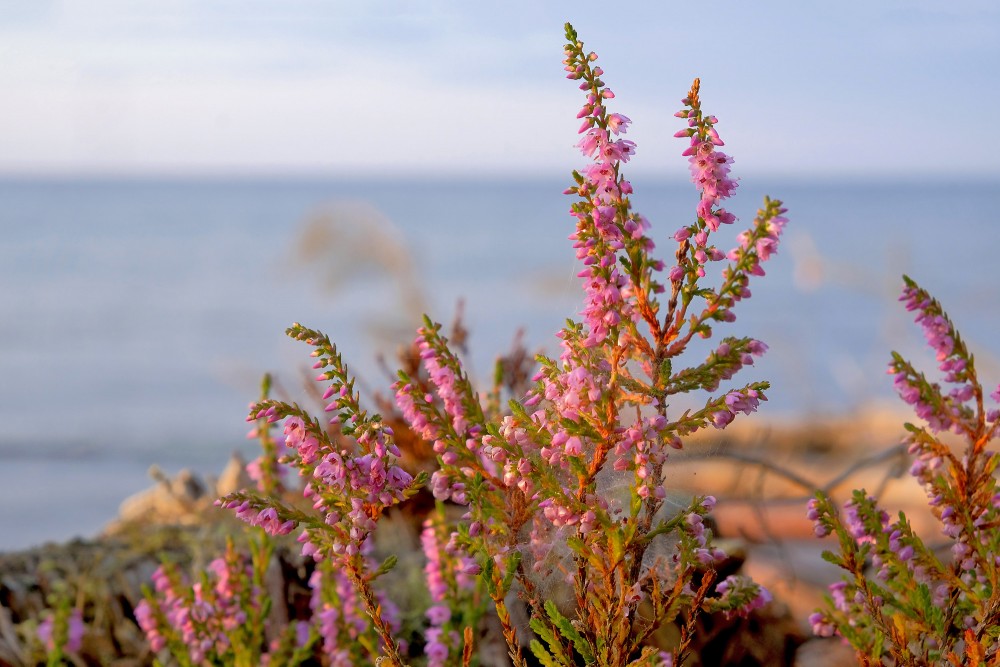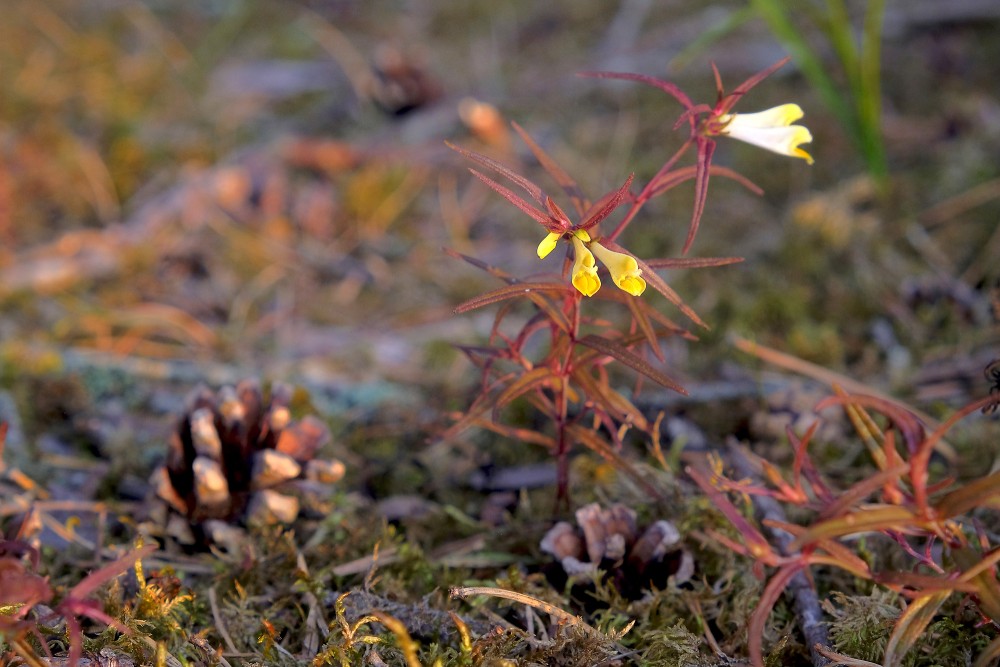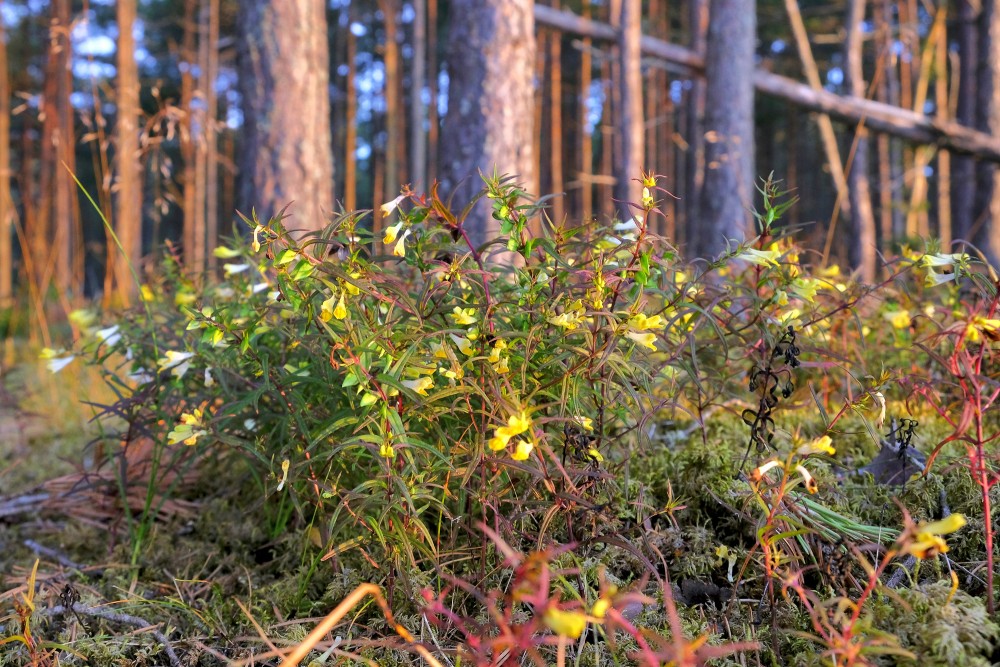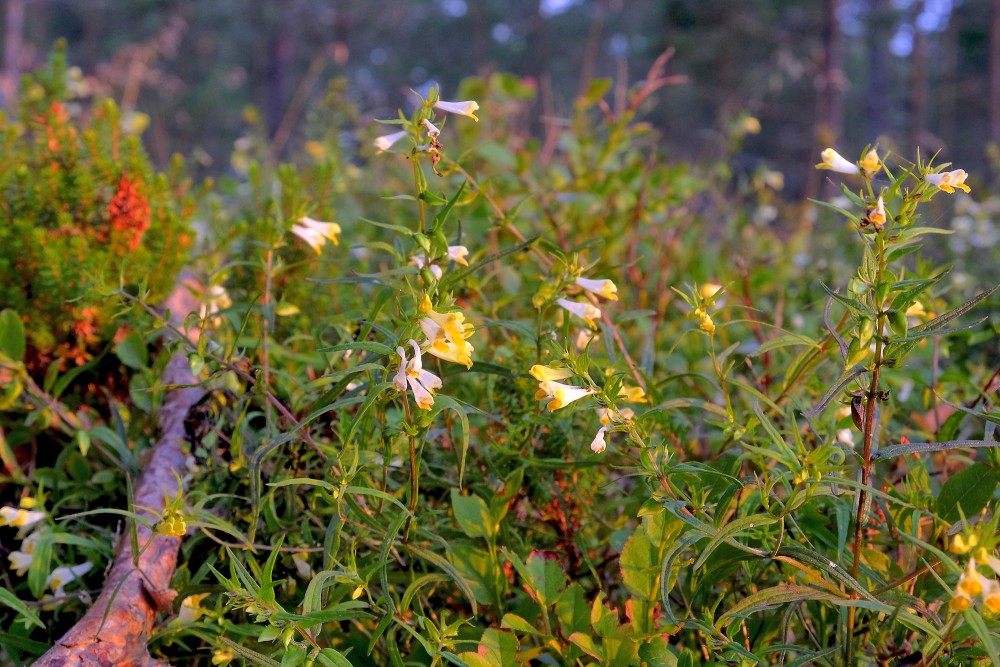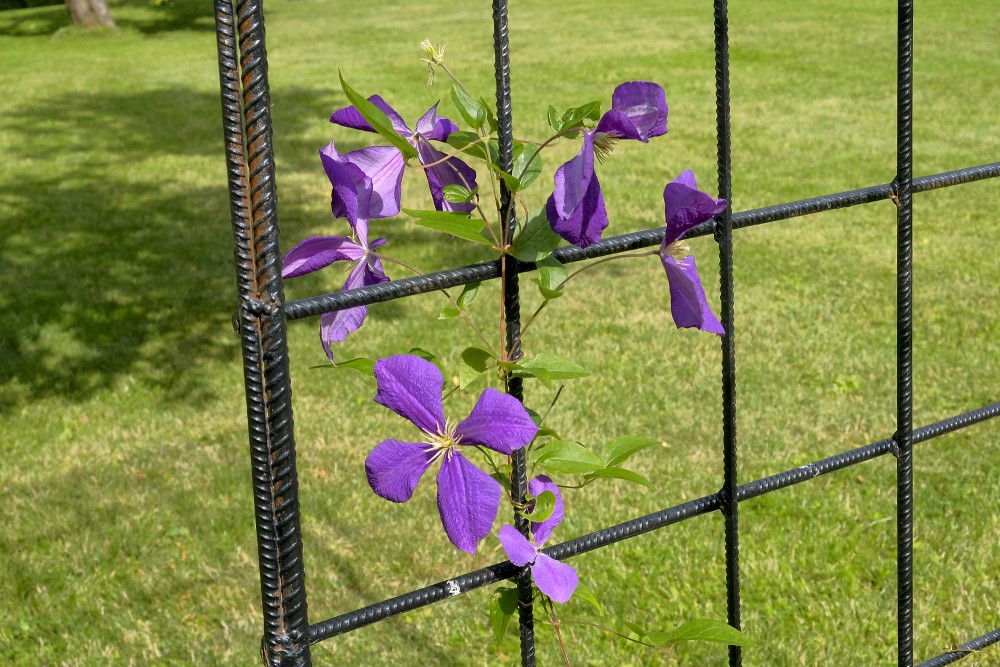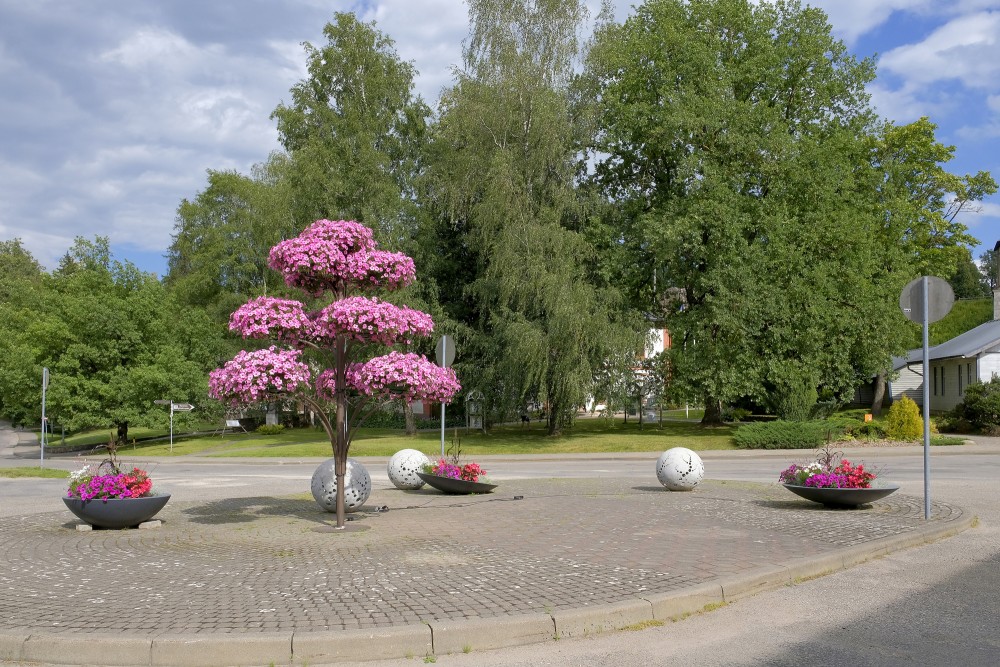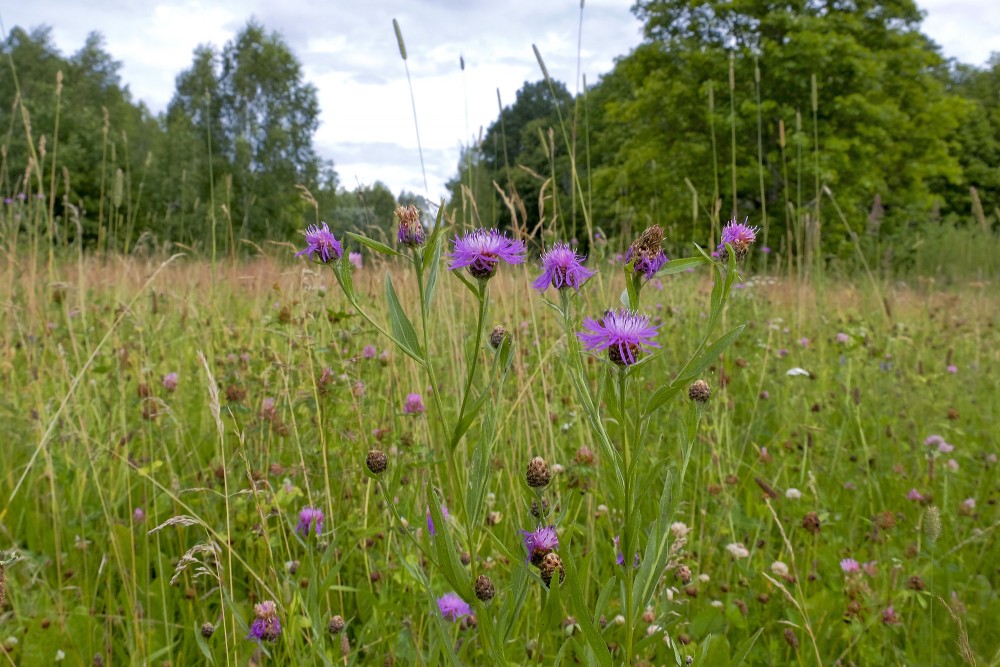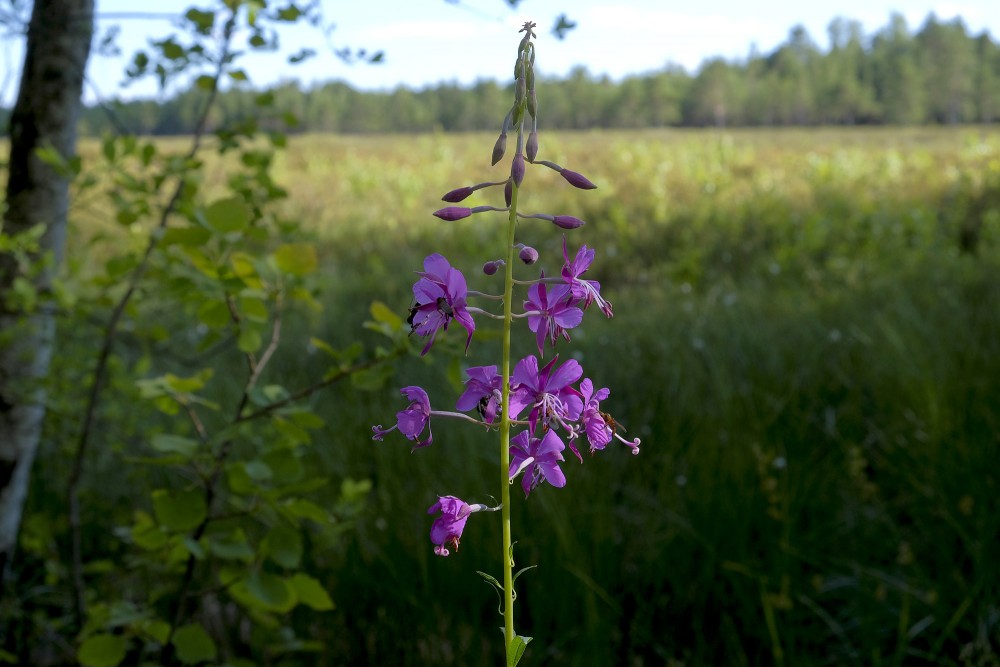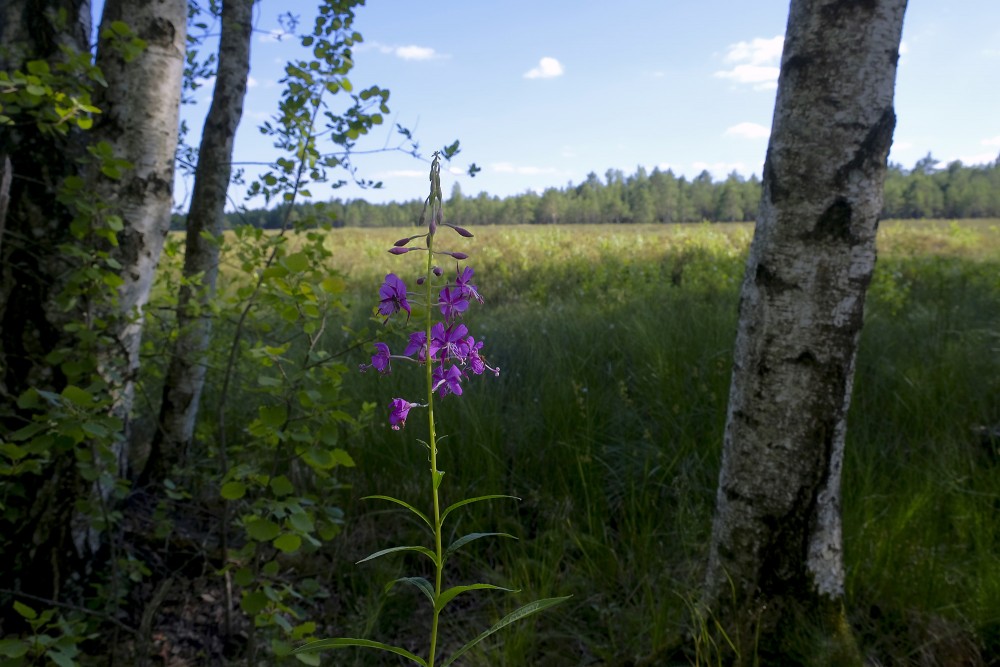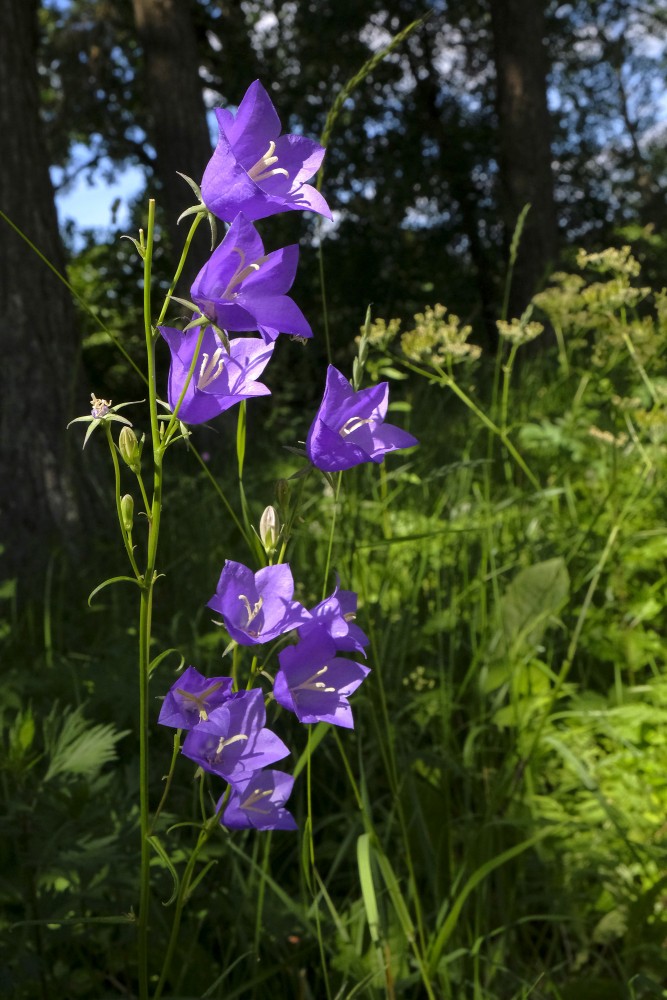Flowers
A flower, sometimes known as a bloom or blossom, is the reproductive structure found in flowering plants (plants of the division Magnoliophyta, also called angiosperms). The biological function of a flower is to effect reproduction, usually by providing a mechanism for the union of sperm with eggs. Flowers may facilitate outcrossing (fusion of sperm and eggs from different individuals in a population) or allow selfing (fusion of sperm and egg from the same flower). Some flowers produce diaspores without fertilization (parthenocarpy). Flowers contain sporangia and are the site where gametophytes develop. Many flowers have evolved to be attractive to animals, so as to cause them to be vectors for the transfer of pollen. After fertilization, the ovary of the flower develops into fruit containing seeds.
In addition to facilitating the reproduction of flowering plants, flowers have long been admired and used by humans to bring beauty to their environment, and also as objects of romance, ritual, religion, medicine and as a source of food.
Morphology
Floral parts
The essential parts of a flower can be considered in two parts: the vegetative part, consisting of petals and associated structures in the perianth, and the reproductive or sexual parts. A stereotypical flower consists of four kinds of structures attached to the tip of a short stalk. Each of these kinds of parts is arranged in a whorl on the receptacle. The four main whorls (starting from the base of the flower or lowest node and working upwards) are as follows:
Perianth
Collectively the calyx and corolla form the perianth (see diagram).
- Calyx: the outermost whorl consisting of units called sepals; these are typically green and enclose the rest of the flower in the bud stage, however, they can be absent or prominent and petal-like in some species.
- Corolla: the next whorl toward the apex, composed of units called petals, which are typically thin, soft and colored to attract animals that help the process of pollination.
Reproductive
- Androecium (from Greek andros oikia: man's house): the next whorl (sometimes multiplied into several whorls), consisting of units called stamens. Stamens consist of two parts: a stalk called a filament, topped by an anther where pollen is produced by meiosis and eventually dispersed.
- Gynoecium (from Greek gynaikos oikia: woman's house): the innermost whorl of a flower, consisting of one or more units called carpels. The carpel or multiple fused carpels form a hollow structure called an ovary, which produces ovules internally. Ovules are megasporangia and they in turn produce megaspores by meiosis which develop into female gametophytes. These give rise to egg cells. The gynoecium of a flower is also described using an alternative terminology wherein the structure one sees in the innermost whorl (consisting of an ovary, style and stigma) is called a pistil. A pistil may consist of a single carpel or a number of carpels fused together. The sticky tip of the pistil, the stigma, is the receptor of pollen. The supportive stalk, the style, becomes the pathway for pollen tubes to grow from pollen grains adhering to the stigma. The relationship to the gynoecium on the receptacle is described as hypogynous (beneath a superior ovary), perigynous (surrounding a superior ovary), or epigynous (above inferior ovary).
Structure
Although the arrangement described above is considered "typical", plant species show a wide variation in floral structure. These modifications have significance in the evolution of flowering plants and are used extensively by botanists to establish relationships among plant species.
The four main parts of a flower are generally defined by their positions on the receptacle and not by their function. Many flowers lack some parts or parts may be modified into other functions and/or look like what is typically another part. In some families, like Ranunculaceae, the petals are greatly reduced and in many species the sepals are colorful and petal-like. Other flowers have modified stamens that are petal-like; the double flowers of Peonies and Roses are mostly petaloid stamens. Flowers show great variation and plant scientists describe this variation in a systematic way to identify and distinguish species.
Specific terminology is used to describe flowers and their parts. Many flower parts are fused together; fused parts originating from the same whorl are connate, while fused parts originating from different whorls are adnate; parts that are not fused are free. When petals are fused into a tube or ring that falls away as a single unit, they are sympetalous (also called gamopetalous). Connate petals may have distinctive regions: the cylindrical base is the tube, the expanding region is the throat and the flaring outer region is the limb. A sympetalous flower, with bilateral symmetry with an upper and lower lip, is bilabiate. Flowers with connate petals or sepals may have various shaped corolla or calyx, including campanulate, funnelform, tubular, urceolate, salverform or rotate.
Referring to "fusion," as it is commonly done, appears questionable because at least some of the processes involved may be non-fusion processes. For example, the addition of intercalary growth at or below the base of the primordia of floral appendages such as sepals, petals, stamens and carpels may lead to a common base that is not the result of fusion.
Many flowers have a symmetry. When the perianth is bisected through the central axis from any point and symmetrical halves are produced, the flower is said to be actinomorphic or regular, e.g. rose or trillium. This is an example of radial symmetry. When flowers are bisected and produce only one line that produces symmetrical halves, the flower is said to be irregular or zygomorphic, e.g. snapdragon or most orchids.
Flowers may be directly attached to the plant at their base (sessile—the supporting stalk or stem is highly reduced or absent). The stem or stalk subtending a flower is called a peduncle. If a peduncle supports more than one flower, the stems connecting each flower to the main axis are called pedicels. The apex of a flowering stem forms a terminal swelling which is called the torus or receptacle.
Inflorescence
In those species that have more than one flower on an axis, the collective cluster of flowers is termed an inflorescence. Some inflorescences are composed of many small flowers arranged in a formation that resembles a single flower. The common example of this is most members of the very large composite (Asteraceae) group. A single daisy or sunflower, for example, is not a flower but a flower head—an inflorescence composed of numerous flowers (or florets). An inflorescence may include specialized stems and modified leaves known as bracts.
Floral diagrams and floral formulae
A floral formula is a way to represent the structure of a flower using specific letters, numbers and symbols, presenting substantial information about the flower in a compact form. It can represent a taxon, usually giving ranges of the numbers of different organs, or particular species. Floral formulae have been developed in the early 19th century and their use has declined since. Prenner et al. (2010) devised an extension of the existing model to broaden the descriptive capability of the formula. The format of floral formulae differs in different parts of the world, yet they convey the same information.
The structure of a flower can also be expressed by the means of floral diagrams. The use of schematic diagrams can replace long descriptions or complicated drawings as a tool for understanding both floral structure and evolution. Such diagrams may show important features of flowers, including the relative positions of the various organs, including the presence of fusion and symmetry, as well as structural details.
Floral function
The principal purpose of a flower is the reproduction of the individual and the species. All flowering plants are heterosporous, producing two types of spores. Microspores are produced by meiosis inside anthers while megaspores are produced inside ovules, inside an ovary. In fact, anthers typically consist of four microsporangia and an ovule is an integumented megasporangium. Both types of spores develop into gametophytes inside sporangia. As with all heterosporous plants, the gametophytes also develop inside the spores (are endosporic).
In the majority of species, individual flowers have both functional carpels and stamens. Botanists describe these flowers as being perfect or bisexual and the species as hermaphroditic. Some flowers lack one or the other reproductive organ and called imperfect or unisexual. If unisex flowers are found on the same individual plant but in different locations, the species is said to be monoecious. If each type of unisex flower is found only on separate individuals, the plant is dioecious.
Flower specialization and pollination
Flowering plants usually face selective pressure to optimize the transfer of their pollen, and this is typically reflected in the morphology of the flowers and the behaviour of the plants. Pollen may be transferred between plants via a number of 'vectors'. Some plants make use of abiotic vectors — namely wind (anemophily) or, much less commonly, water (hydrophily). Others use biotic vectors including insects (entomophily), birds (ornithophily), bats (chiropterophily) or other animals. Some plants make use of multiple vectors, but many are highly specialised.
Cleistogamous flowers are self-pollinated, after which they may or may not open. Many Viola and some Salvia species are known to have these types of flowers.
The flowers of plants that make use of biotic pollen vectors commonly have glands called nectaries that act as an incentive for animals to visit the flower. Some flowers have patterns, called nectar guides, that show pollinators where to look for nectar. Flowers also attract pollinators by scent and color. Still other flowers use mimicry to attract pollinators. Some species of orchids, for example, produce flowers resembling female bees in color, shape, and scent. Flowers are also specialized in shape and have an arrangement of the stamens that ensures that pollen grains are transferred to the bodies of the pollinator when it lands in search of its attractant (such as nectar, pollen, or a mate). In pursuing this attractant from many flowers of the same species, the pollinator transfers pollen to the stigmas—arranged with equally pointed precision—of all of the flowers it visits.
Anemophilous flowers use the wind to move pollen from one flower to the next. Examples include grasses, birch trees, ragweed and maples. They have no need to attract pollinators and therefore tend not to be "showy" flowers. Male and female reproductive organs are generally found in separate flowers, the male flowers having a number of long filaments terminating in exposed stamens, and the female flowers having long, feather-like stigmas. Whereas the pollen of animal-pollinated flowers tends to be large-grained, sticky, and rich in protein (another "reward" for pollinators), anemophilous flower pollen is usually small-grained, very light, and of little nutritional value to animals.
en.wikipedia.org
